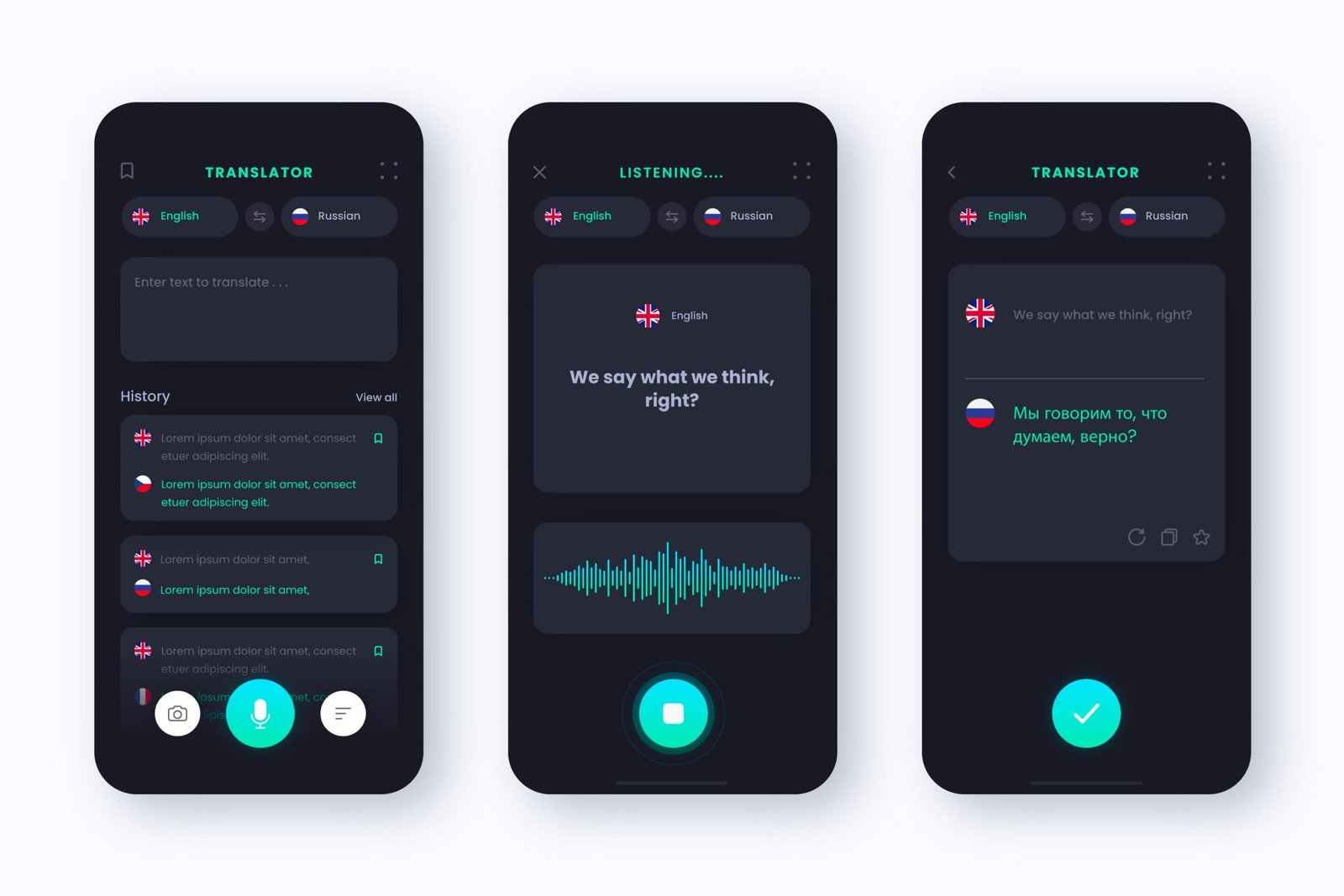What Are Voice User Interfaces?

Voice User Interfaces allow users to interact with devices through spoken commands. Unlike traditional graphical interfaces, VUIs rely on natural language processing (NLP) to understand and respond to user queries. According to a report by Statista, the number of voice assistant users is expected to reach 1.83 billion by 2024. This rapid growth emphasizes the need for businesses to adapt their design strategies accordingly.
Why VUIs Matter
The significance of VUIs cannot be overstated. They offer several advantages over conventional interfaces:
- Accessibility: VUIs enhance accessibility for individuals with disabilities, making technology more inclusive.
- Convenience: Users can perform tasks hands-free, allowing for multitasking and greater efficiency.
- Natural Interaction: Voice commands provide a more intuitive way to interact with technology, aligning with how humans naturally communicate.
Transitioning to a voice-first approach can significantly improve user engagement. As users become more accustomed to speaking to their devices, businesses must ensure their products are designed with these interactions in mind.
Designing for Voice User Interfaces

Designing for VUIs involves a unique set of considerations. Here are key strategies to create effective voice experiences:
1. Focus on User IntentUnderstanding user intent is crucial. Designers should analyze how users phrase their commands and what information they seek. Utilizing tools like Google Trends can provide insights into popular voice search queries.
2. Create a Conversational FlowA successful VUI should facilitate a natural conversation. This involves anticipating user responses and guiding the interaction seamlessly. For instance, using follow-up questions can enhance engagement and improve user satisfaction.
3. Provide Clear FeedbackUsers need immediate feedback to understand if their commands were recognized. Incorporating audio cues or visual indicators (on devices with screens) reassures users that their requests are being processed.
4. Prioritize SimplicityComplex commands can lead to frustration. Therefore, VUIs should be designed for simplicity, allowing users to accomplish tasks with minimal effort. Clear and concise phrasing helps in achieving this goal.
5. Test and IterateFinally, regular testing and iteration are essential in VUI design. Gathering user feedback allows designers to refine their interfaces continuously. Platforms like UserTesting can provide valuable insights into user experiences with voice interactions.
The Future of Voice User Interfaces

As technology continues to advance, the potential for VUIs is limitless. From smart homes to healthcare applications, voice interaction is poised to become an integral part of our daily lives. For example, in the automotive industry, voice control enhances safety by allowing drivers to operate navigation and entertainment systems hands-free. Moreover, brands like Amazon and Google are investing heavily in VUI technology, showcasing its importance in future product offerings.
In conclusion, embracing voice user interfaces is not just a trend; it is essential for businesses aiming to stay relevant in a rapidly evolving digital landscape. By prioritizing user-centered design and understanding the nuances of voice interaction, companies can enhance their products and ultimately drive customer satisfaction.



